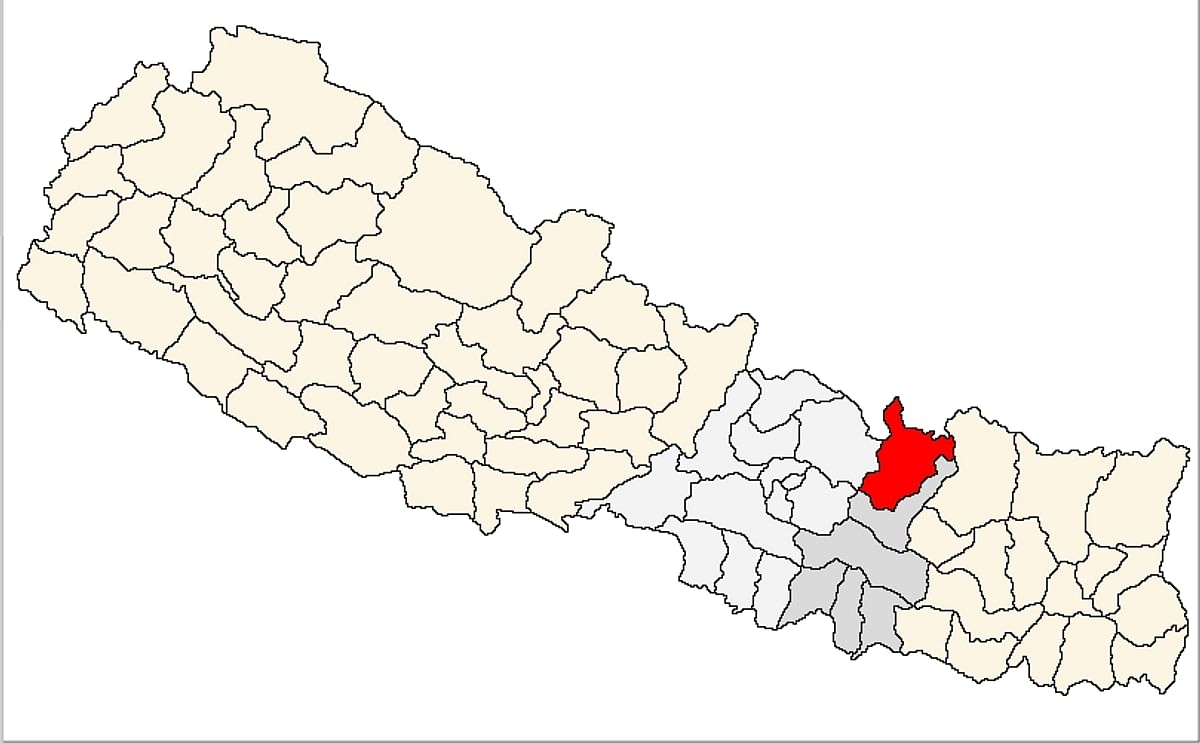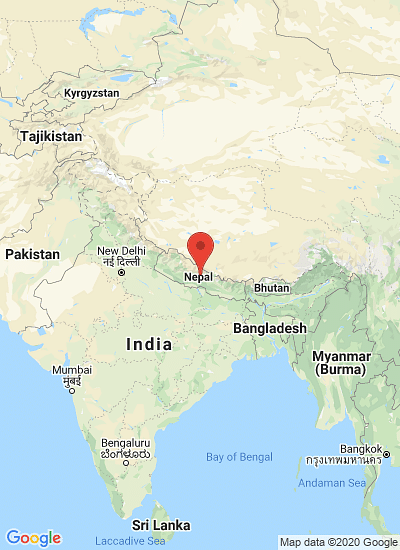Dolakha is one of the 75 districts in Nepala and was severely affected by the 2015 earthquakes. In Dolakha potatoes are grown at an altitude of 2500 meter.
Primaire tabs
Branding the 'Dolakha's Potato' raised demand, but winter drought cuts supply

Potato production in Dolakha - a district in Nepal severely affected by the 2015 earthquakes - has dropped sharply this year due to a prolonged winter drought.
The drop in output has occurred when farmers in the district had been preparing to brand their products.
Potato is a major crop in Dolakha district, and it is very popular in major cities of the country. Grown at an altitude of 2,500 metres, Dolakha’s potatoes are sought after for their taste and have a high demand throughout the country.
Dolakha farmers had planned to name their product ‘Dolakha’s Potato’ as part of the branding exercise.
The district development committee (DDC) of Dolakha had been helping the farmers to build a brand for their products. The DDC packed the potatoes in 10 and 25 kg bags emblazoned with the brand name.
After the branding, demand increased; but farmers could not produce enough to fulfill the requirement. According to the statistics provided by the District Agriculture Office, potato output was down 6,000 tonnes this year compared to the previous year.
Netra Mani Kafle, officer at the agriculture office:
“Last year, the district produced 36,000 tonnes of potatoes.”
“Production declined mainly due to a drought.”
Around 13,000 tonnes out of the total output were shipped to the Kalimati Fruits and Vegetable Market in Kathmandu while the rest were sold locally.
Shailung in Dolakha is the major pocket area for potato production. The potato produced in the area is sold at Mudhe in Sindhupalchok, and it is popularly known as ‘Potato from Mudhe’ in the Capital. Therefore, the DDC had moved to build the brand Dolakha’s Potato.
Apart from Shailung, areas like Boch, Lakuri, Kaninchok, Bigu, Jiri, Mirge and Gairimudi are other key potato producers.
Farmers have been having a hard time storing their potato harvests as most of the houses in the district were destroyed by the earthquake in April 2015. This resulted in a shortage of potato seeds.
The agriculture office distributed 5 tonnes of seeds to the farmers to help them out. Since they were not enough to fulfill the requirement, farmers had to bring seeds from other parts of the country.
According to Kafle, the poor quality of the seeds brought from elsewhere may be one reason for the drop in production.








